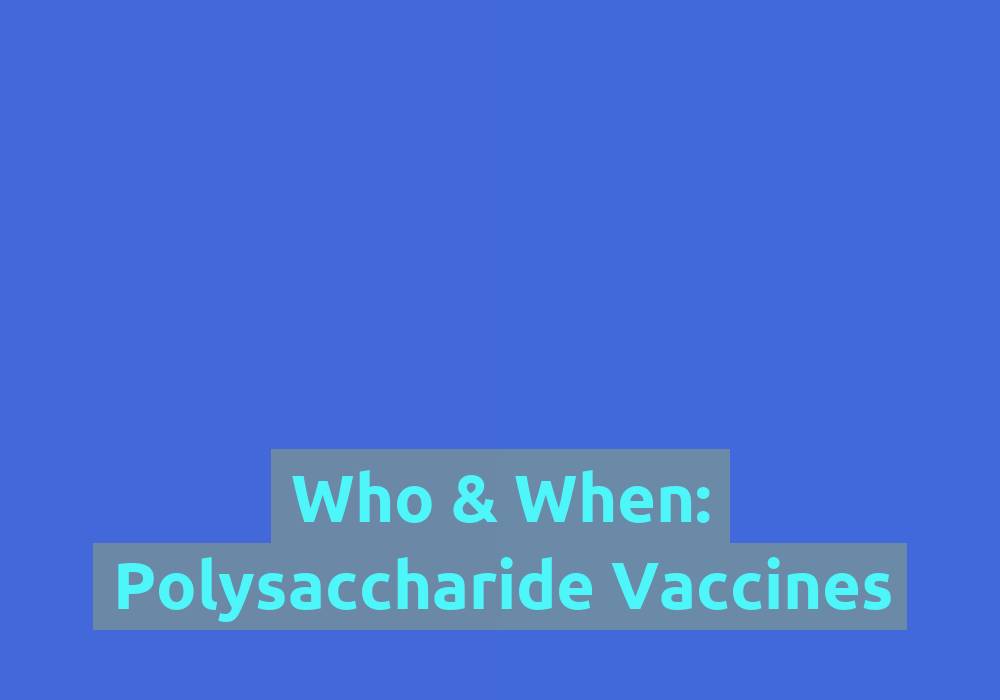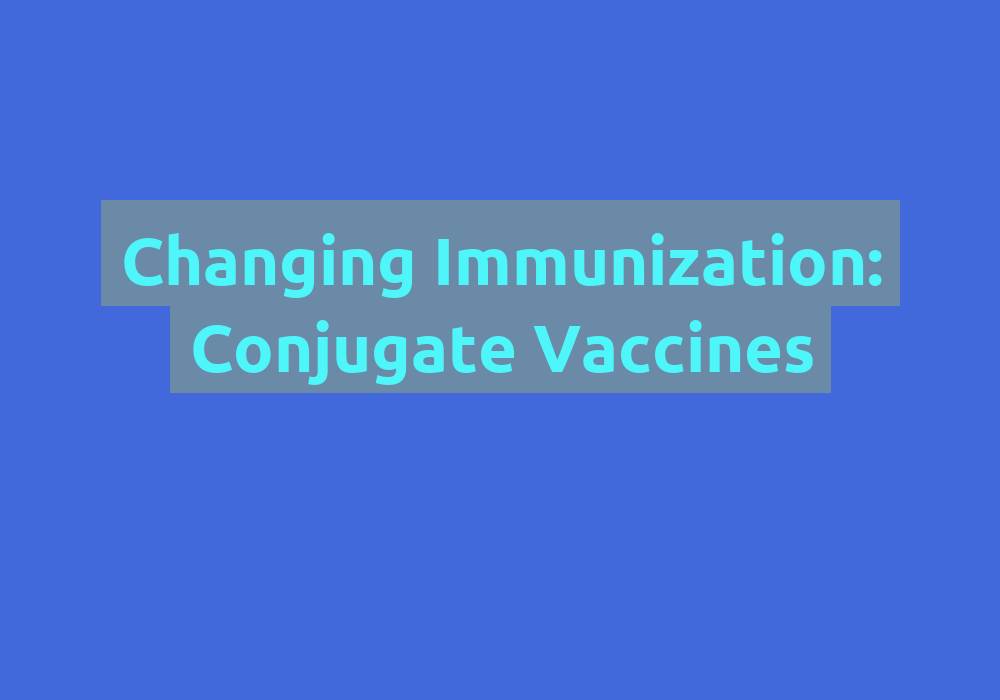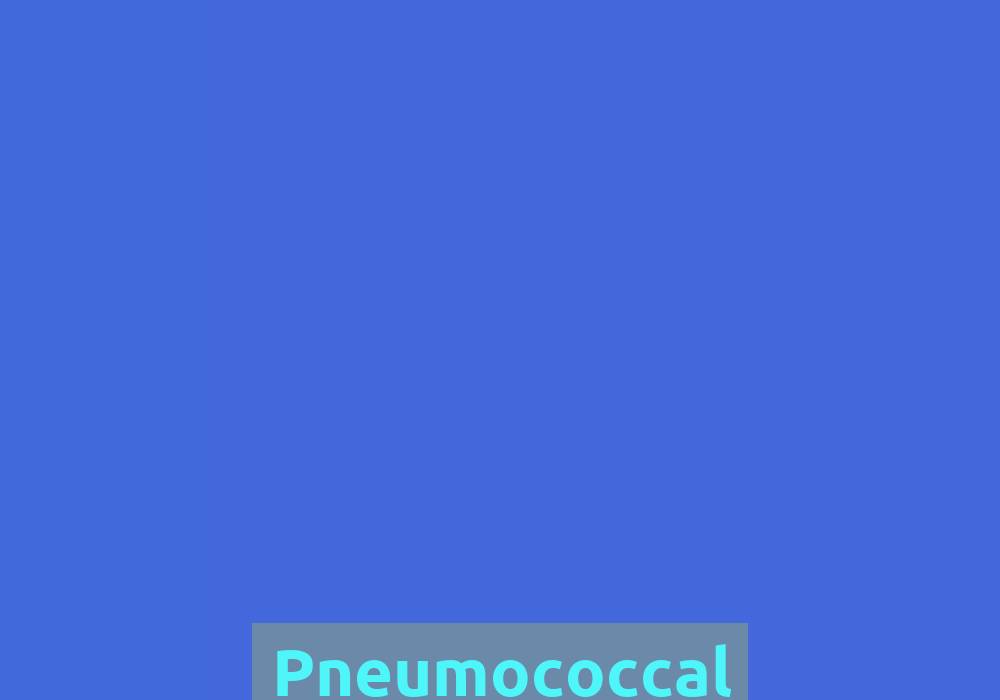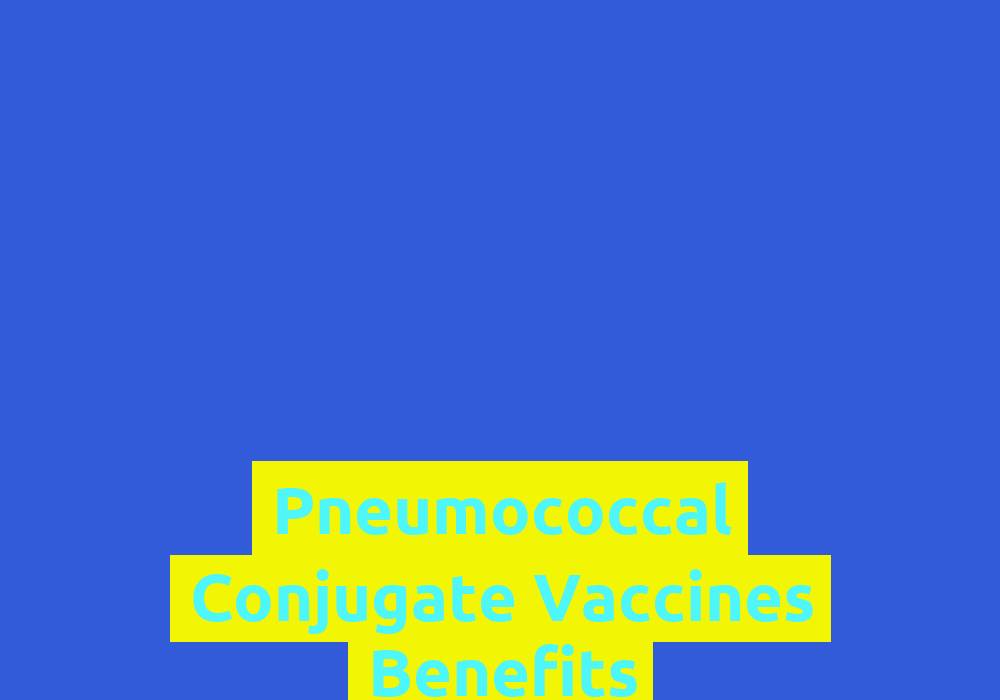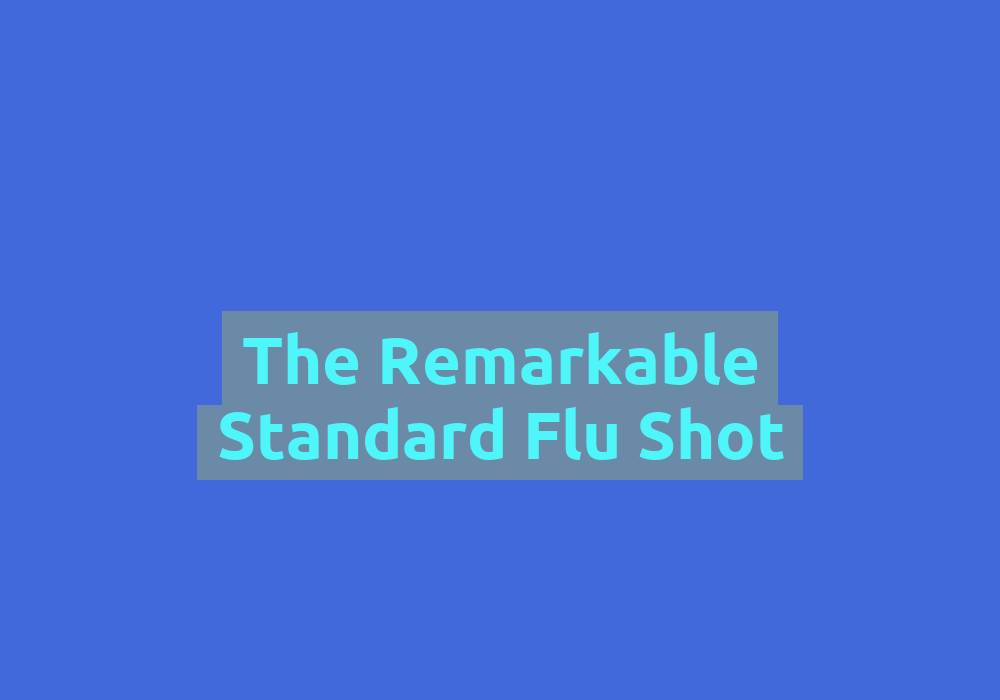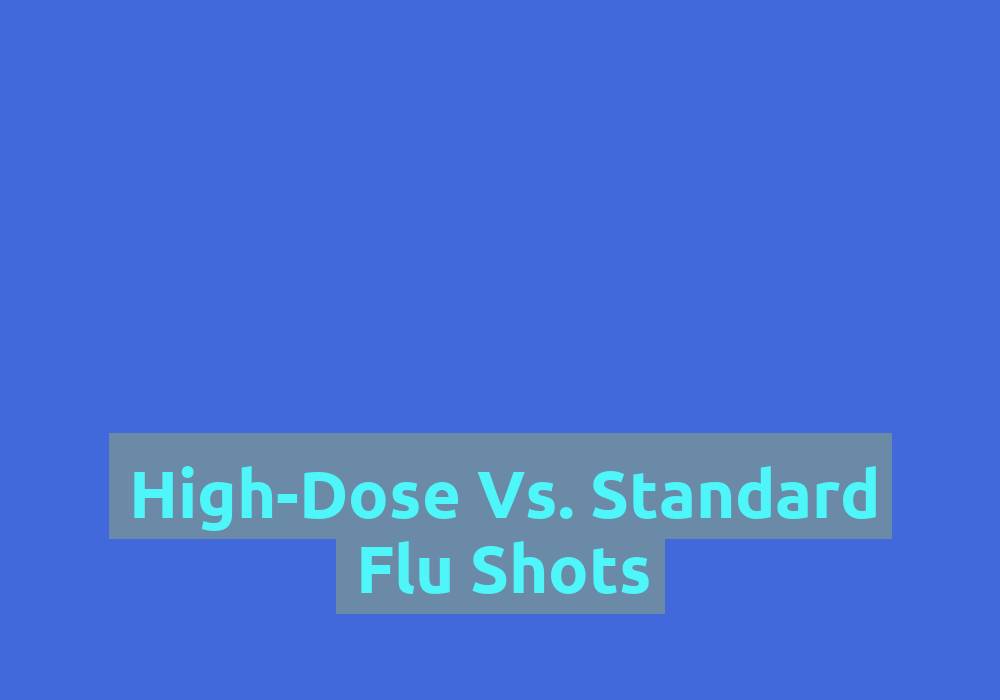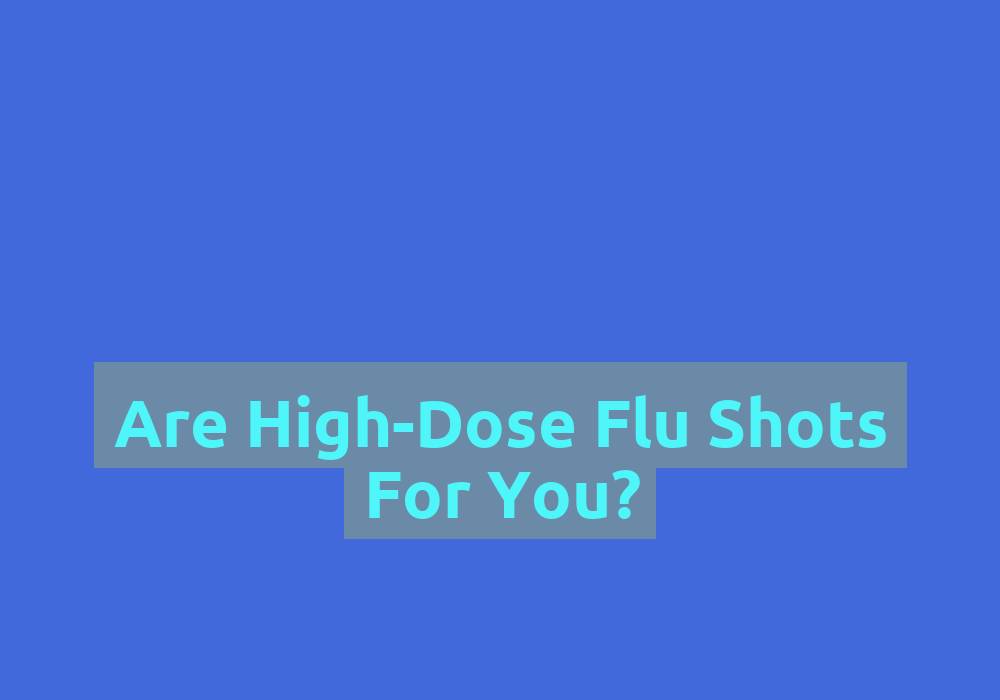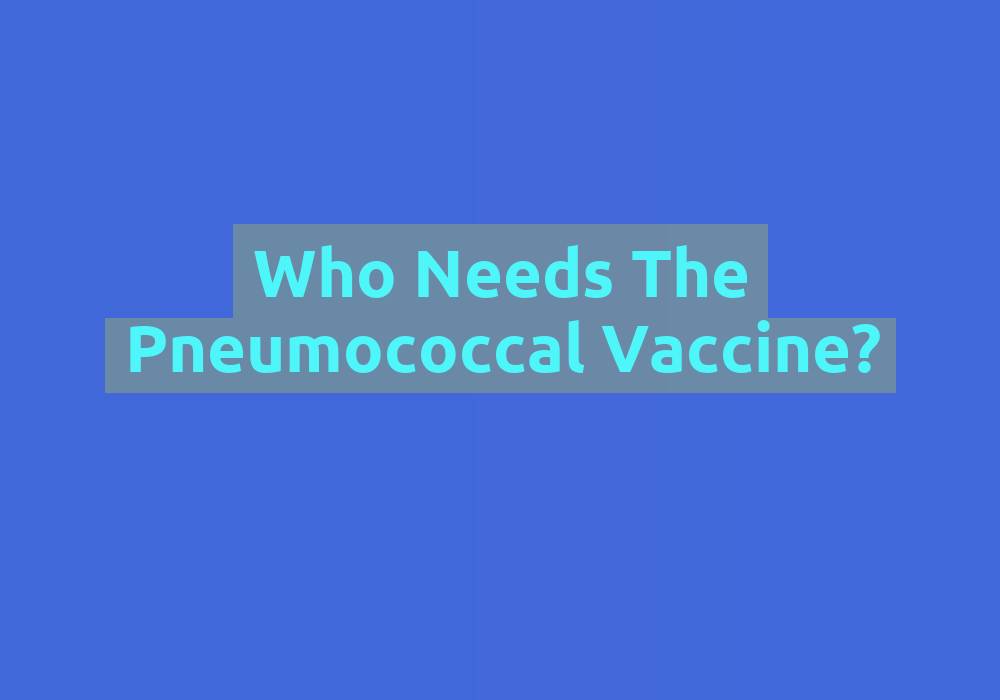The Significance of Hearing Tests
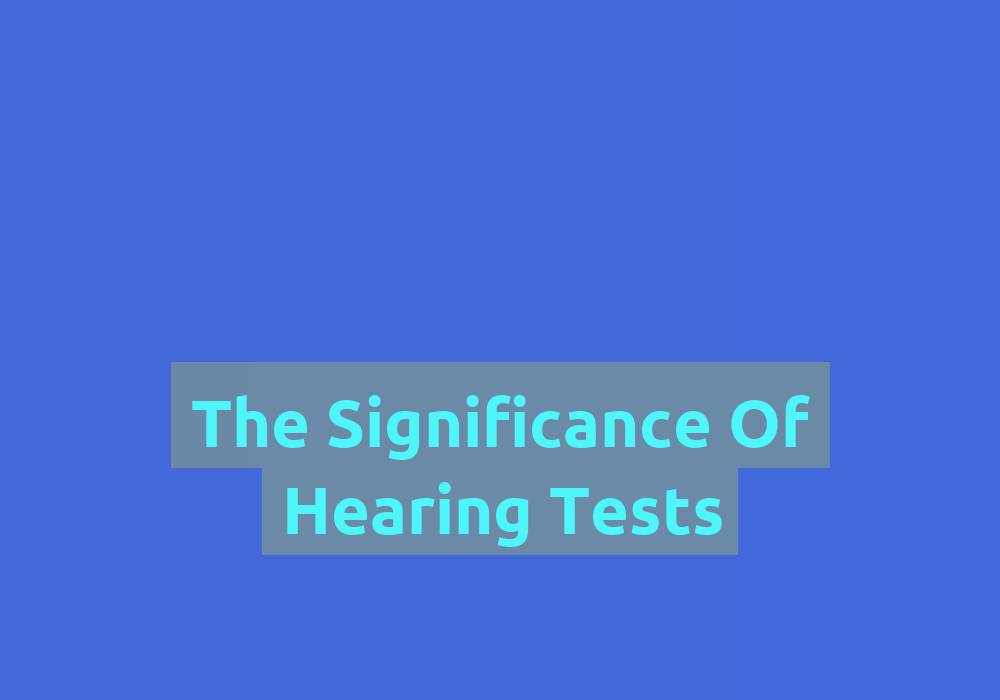
Hearing is a fundamental aspect of our everyday lives. It allows us to communicate, connect with others, and experience the world around us. However, many people tend to overlook the importance of regular hearing tests. In this article, we will explore the significance of hearing tests and why they should be a priority for everyone.
Understanding Hearing Loss
Before delving into the importance of hearing tests, it is crucial to understand the concept of hearing loss. Hearing loss refers to a partial or total inability to hear sounds. It can be temporary or permanent and may affect one or both ears. There are various types and causes of hearing loss, including age, genetics, exposure to loud noises, infections, and certain medical conditions.
Hearing loss can be categorized into three main types: conductive, sensorineural, and mixed. Conductive hearing loss occurs when there is an issue with the outer or middle ear that prevents sound from being conducted to the inner ear. Sensorineural hearing loss, on the other hand, occurs when there is damage to the inner ear or the auditory nerve. Mixed hearing loss is a combination of both conductive and sensorineural hearing loss.
There are several factors that can contribute to hearing loss. Age-related hearing loss, known as presbycusis, is a common type of hearing loss that occurs gradually as a person ages. It is typically caused by changes in the inner ear, such as the loss of hair cells or damage to the cochlea. Genetics can also play a role in hearing loss, as certain genetic mutations can result in hearing impairment. Additionally, exposure to loud noises, such as loud music or occupational noise, can lead to noise-induced hearing loss.
Early Detection and Prevention
Hearing tests play a vital role in the early detection and prevention of hearing loss. These tests are designed to evaluate the sensitivity of an individual’s hearing and detect any potential issues. By identifying hearing problems at an early stage, appropriate interventions and treatments can be implemented promptly.
Regular hearing tests can help detect hearing loss even before noticeable symptoms arise. This early detection allows individuals to take necessary precautions to prevent further deterioration of their hearing. Prevention measures may include reducing exposure to loud noises, wearing hearing protection, and adopting healthy lifestyle habits that promote overall ear health.
In addition to preventing further hearing loss, early detection can also help identify underlying causes of hearing loss. For example, if hearing loss is caused by an ear infection, prompt treatment with antibiotics can prevent permanent damage to the ear. Likewise, if hearing loss is caused by a medication that has ototoxic effects, switching to a different medication may help preserve hearing abilities.
Overall Health Assessment
Hearing tests not only assess the functionality of the ears but also provide insights into an individual’s overall health. Several medical conditions and medications can have an impact on an individual’s hearing abilities. By undergoing regular hearing tests, individuals can catch any potential underlying health issues that may be affecting their hearing.
For instance, certain medications, such as ototoxic drugs, have the potential to cause hearing loss or damage the auditory system. These medications are commonly used to treat serious illnesses, such as cancer or infections, but they can have adverse effects on hearing. Regular hearing tests can help monitor the impact of these medications on an individual’s hearing and allow for adjustments in treatment plans if necessary.
Furthermore, hearing loss has been linked to conditions like cardiovascular disease, diabetes, and cognitive decline. Studies have shown that individuals with hearing loss are more likely to develop these conditions compared to those with normal hearing. By detecting hearing loss early on, healthcare professionals can investigate potential underlying causes and provide appropriate treatment and management options. This holistic approach to healthcare ensures that individuals receive comprehensive care that addresses both their hearing and overall health.
Improved Communication and Quality of Life
Hearing loss can significantly impact an individual’s ability to communicate effectively. Difficulty in hearing can lead to misunderstandings, social isolation, decreased productivity, and emotional distress. Regular hearing tests ensure that any hearing loss is identified promptly, allowing for appropriate interventions to improve communication abilities.
By addressing hearing loss, individuals can enhance their overall quality of life. Improved hearing enables individuals to engage in conversations, enjoy music, participate in social activities, and maintain strong relationships. It also promotes independence and boosts self-confidence, as individuals can actively participate in various aspects of life without feeling hindered by their hearing abilities.
In addition to communication, hearing loss can also affect cognitive function. Studies have found a link between untreated hearing loss and an increased risk of cognitive decline and dementia. By addressing hearing loss through regular hearing tests and appropriate interventions, individuals can potentially reduce the risk of cognitive decline and maintain cognitive function as they age.
Tailored Treatment and Rehabilitation
One of the significant advantages of hearing tests is the ability to customize treatment and rehabilitation plans based on individual needs. Each person’s hearing loss is unique, and a comprehensive hearing test can provide detailed information about the type, severity, and specific frequencies affected.
With this information in hand, healthcare professionals can recommend suitable treatment options, such as hearing aids, assistive listening devices, or auditory training programs. Hearing aids are a common solution for individuals with hearing loss. They amplify sounds and improve the clarity of speech, allowing individuals to better understand conversations and sounds in their environment.
In addition to hearing aids, assistive listening devices can also be beneficial for specific situations. These devices, such as FM systems or loop systems, can help individuals hear more clearly in challenging listening environments, such as classrooms or theaters. Auditory training programs, on the other hand, focus on improving listening skills and speech comprehension through various exercises and activities.
Furthermore, rehabilitation programs can be tailored to address specific communication challenges and improve overall hearing abilities. Speech therapy and auditory rehabilitation can help individuals maximize their communication potential and adapt to any residual hearing loss. These programs often involve exercises to strengthen the auditory system, improve speech recognition, and enhance listening skills.
Hearing Tests for All Ages
Hearing tests are not limited to a specific age group. People of all ages, from infants to older adults, can benefit from regular hearing assessments. For infants and young children, early hearing tests are essential to identify any hearing issues that may affect their language and speech development.
Newborn hearing screening programs are typically conducted shortly after birth to identify any hearing loss. Early detection of hearing loss in infants allows for early intervention and appropriate support to facilitate speech and language development. In young children, hearing tests can help identify any hearing issues that may affect academic performance or social interactions.
In adults, hearing tests help detect age-related hearing loss and identify any potential underlying health issues. It is recommended that individuals undergo hearing tests every few years or as advised by their healthcare provider, especially if they work in noisy environments or have a family history of hearing loss.
Conclusion
The significance of hearing tests cannot be overstated. Regular hearing assessments provide early detection of hearing loss, allowing for prompt interventions and prevention measures. They not only assess the functionality of the ears but also provide insights into an individual’s overall health. By addressing hearing loss, individuals can improve their communication abilities, enhance their quality of life, and receive personalized treatment and rehabilitation. Make hearing tests a priority and take proactive steps to protect and preserve your hearing abilities.
FAQ
- What is hearing loss?
- Hearing loss refers to a partial or total inability to hear sounds, which can be temporary or permanent and may affect one or both ears.
- Why are hearing tests important?
- Hearing tests are important for early detection and prevention of hearing loss, as well as identifying underlying causes and assessing overall health.
- How can hearing loss affect overall health?
- Hearing loss has been linked to conditions like cardiovascular disease, diabetes, and cognitive decline, making regular hearing tests crucial for early detection and appropriate treatment.
- What are the benefits of addressing hearing loss?
- Addressing hearing loss through regular hearing tests and interventions can improve communication abilities, enhance quality of life, reduce the risk of cognitive decline, and provide tailored treatment and rehabilitation options.




